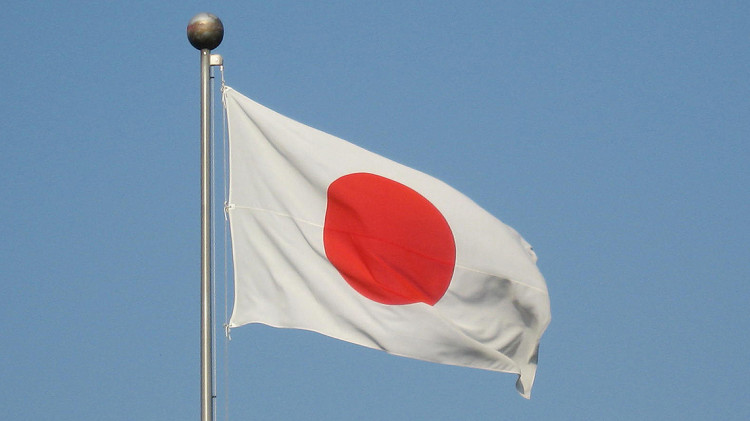The International Atomic Energy Agency (IAEA) and Japan signed an agreement today setting out the full scope of the Agency’s comprehensive and continuous safety review of the discharge of treated water from the Fukushima Daiichi Nuclear Power Station (FDNPS), paving the way for decades of independent monitoring, sampling and analysis at the site and at sea.
IAEA Director General Rafael Mariano Grossi and Japanese Foreign Minister Kamikawa Yoko signed the Memorandum of Cooperation on the side-lines of the United Nations General Assembly in New York, nearly four weeks after the discharge of the water treated through the Advanced Liquid Processing System (ALPS) began. The IAEA has been reviewing the safety of Japan’s plan on how to handle the treated water since it was first announced in 2021 and today’s agreement focuses on the Agency’s long-term activities during the discharge itself.
It identifies five main areas of the IAEA’s safety review work: 1) monitoring and assessment, focused on the protection of people and the environment; 2) the IAEA’s presence in Japan and at the FDNPS, including for conducting onsite analysis; 3) regular Agency review missions; 4) corroboration of Japan’s source and environmental monitoring based on independent sampling and analysis; and 5) outreach and awareness activities, including sharing key information with the public.
These activities will enable the IAEA to check that the relevant international safety standards are constantly applied during the discharge, backed up with real-time and other monitoring data on the Agency’s website. In July, Director General Grossi established an IAEA office at the FDNPS.
“Today’s agreement sets the broad parameters for the IAEA’s permanent presence at the site to implement the monitoring, corroboration and assessment activities that are indispensable for transparency and for building confidence – both in Japan and abroad – that the discharge will neither harm people nor the environment,” Director General Grossi said.
“We will stay and carry out our technical work until the last drop of the treated water has been safely discharged into the sea,” he said. “Through its independent and scientific work, the IAEA will be able to provide assurances to people around the world that the discharge will cause no harm.”
Tokyo Electric Power Company (TEPCO) – Fukushima Daiichi’s operator – on 24 August started discharging the ALPS treated water stored at the site. To bring the tritium levels below operational limits, the water is also diluted before it is discharged.
The Agency’s two year detailed safety review of Japan’s plan had previously concluded that the approach and activities for the discharge are consistent with relevant international safety standards and would have a negligible radiological impact on people and the environment.
Earlier this month, the IAEA’s first independent sampling and analysis of seawater near FDNPS since the discharge started also confirmed that the tritium levels were below Japan’s operational limits.
Today’s agreement – which formalizes some activities that are already being implemented – comes just over two years after the IAEA and Japan signed the Terms of Reference for the IAEA’s assistance to Japan in reviewing the safety aspects of the handling of the ALPS treated water, and the Agency’s establishment of a Task Force for this purpose.
“As today’s Memorandum of Cooperation demonstrates, the IAEA’s work is far from over. In some respects, with last month’s start of the discharge, it is only now beginning,” Director General Grossi said.


